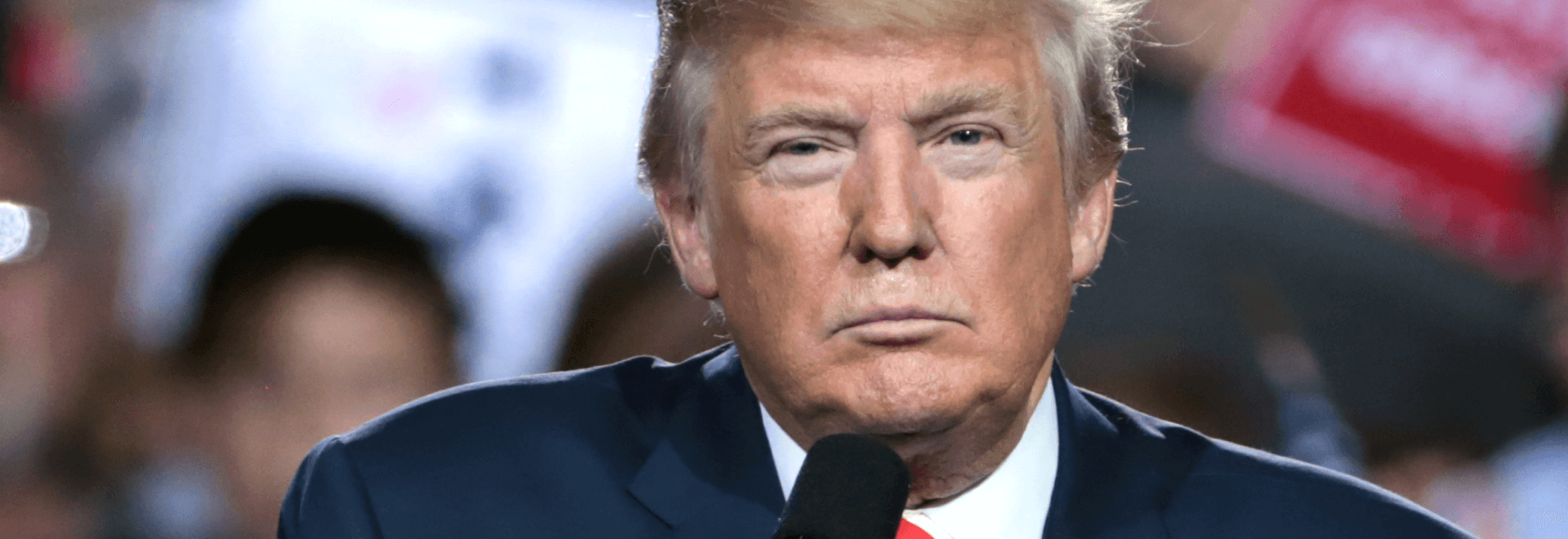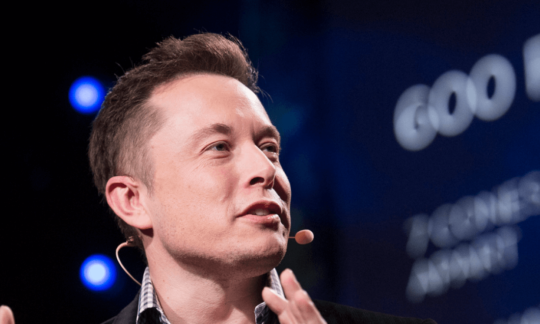Donald Trump tagged as “Fake News” by Twitter
Something unthinkable has happened during election week – Donald Trump, the current (and soon-to-be-leaving) President of the United States, has officially been labelled “fake news” by his favourite media outlet – Twitter.
This year’s presidential election was one of the closest yet – despite Election Day taking place on a Tuesday (as it always does), votes were counted for almost the entire week, with the final election result being called on Saturday. When the tide started turning in favour of Joe Biden, the democratic candidate, President Trump immediately took to Twitter:
We are up BIG, but they are trying to STEAL the Election. We will never let them do it. Votes cannot be cast after the Polls are closed!
— Donald J. Trump (@realDonaldTrump) November 4, 2020
Twitter then did something unprecedented – the tweet was immediately flagged as misleading. As Trump continued to make more and more unsubstantiated claims of election fraud, Twitter continued to flag the tweets.
Mr. Trump goes to Twitter
This is in accordance with their Civic Integrity Policy and it ties into their ongoing fight against misinformation on their platform. It also goes against their previous attitude towards the “Tweeting President”.
Those who have been following the Trump administration know very well how much the outgoing president enjoys his time on Twitter – sometimes tweeting into the wee hours of the morning.
Whatever your opinion on Trump, there’s no denying the fact that his use of social media has been the cornerstone of both his presidential campaign and administration – and future political leaders are all likely to learn from his example.
Hey @Twitter, is threatening nuclear war not a violation of terms of service? https://t.co/Gwz2EZHKnu
— Kal Penn (@kalpenn) August 11, 2017
However, as many have noted, Trump routinely broke the Twitter terms of service. Until now, the official line from Twitter was that Trump falls under their Public Interest Exception policy – since he is a head of state, his tweets are considered relevant to the public interest, no matter how many rules they may break.
Throughout 2020, many leading social media platforms have taken steps to combat the rapid spread of misinformation. The dissemination of fake news has proven to be even more dangerous in the light of the COVID-19 pandemic.
This, of course, puts Twitter in a difficult position. President Trump has a well documented history of outright lying – both before and after taking office. The Washington Post calculated that Trump has made over 22,000 false or misleading statements over almost four years, averaging to just shy of 17 lies a day.
How do you prevent the spread of fake news when the sixth largest account on your platform continuously spreads lies?
Twitter says enough is enough
Twitter decided on a compromise approach: Trump’s tweets have been labeled as misleading, with links to relevant, third-party information sources attached.
Obviously, this hasn’t gone over well with Trump, who just went on tweeting, making more and more unsubstantiated claims of electoral manipulation. Almost a week has passed since the results were called – with Trump still claiming he won, despite all the evidence to the contrary.
While this move by Twitter was received warmly, a lot of high-profile commenters pointed out that it was too little, too late.
like Twitter, FB decides to get tough on Trump lies/misinformation only when it's obvious Trump's presidency is over.
really profiles in courage here. https://t.co/MdV7mCWleJ
— Eric Boehlert (@EricBoehlert) November 6, 2020
Tagging Trump’s tweets as misinformation has spread to other platforms, too: Facebook has also started tagging his posts, with other platforms expected to follow suit.
Major news networks are also getting in on the action – CNN and MSNBC have cut away from a Trump speech once it became clear he would only reiterate baseless accusations without presenting any evidence.
In a surprising twist of events, even Fox News, until now considered Trump’s biggest media supporter, cut away from a Trump presser.
Nothing’s quiet on the fake news front
Back to the world of social media for a moment – while it’s all well and good that platforms are visibly tagging and limiting the engagement on posts filled with disinformation, the mechanism behind their decisions remains murky. So far, the tagging seems to be performed on an ad-hoc basis, possibly by human moderators.
This is simply not enough when dealing with a platform of hundreds of millions of users. It’s also only treating the symptoms of the problem, without addressing the root cause of the issue.
Until a fully transparent, automated mechanism for detecting and tagging fake news is released, we won’t be able to fully address the spread of misinformation.
As things stand, we can’t even detect whether a tweet is tagged or not through the Twitter API. Were that the case, though, social media analysis tools, such as SentiOne, would become extremely useful in researching the spread and impact of fake news in real time. This is indispensable information to sociologists and researchers attempting to tackle the problem.
For now, though, all we can do is continue to stay vigilant and verify the information we’re exposed to on social media on our own. The measures enacted by Twitter and Facebook are just the first steps of a long journey – and we await further developments with bated breath!
In the meantime, however, why not take a look at our whitepaper about dealing with fake news or our QAnon case study?



